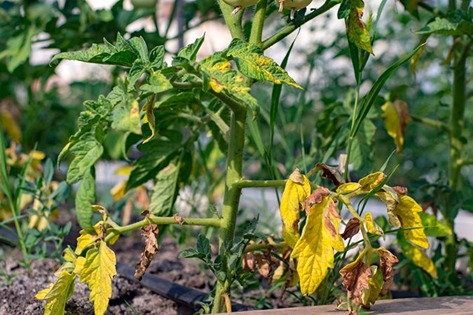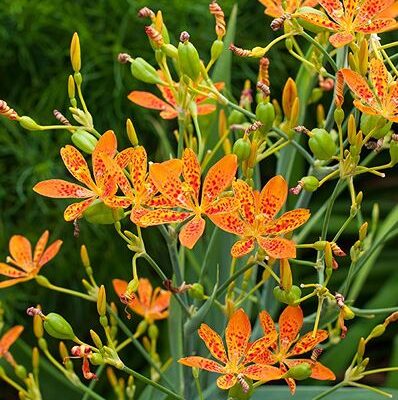How to Grow Epimedium: Effortless Tips
The Epimedium genus comprises a collection of plants known for their perennial growth habit, forming a carpet-like covering. How to Grow Epimedium; Originating from woodlands in Asia and the Mediterranean regions, these plants bloom in spring and offer a wide range of varieties that thrive in shaded areas, such as beneath trees or in rock gardens. They add vibrant colors to the landscape during the spring season. How to Grow Epimedium; these plants gradually fill in a desired space over time through the slow expansion of woody rhizomes, without overpowering the garden or displacing other desired plants. Epimediums are particularly well-suited as ground cover plants in partially shaded areas where other plants may struggle to thrive.
How to Grow Epimedium; Most Epimedium plants possess leaves that are either heart-shaped or arrow-shaped, often displaying red markings. They produce delicate flowers during the spring, featuring four petals. These flowers emerge on bending, leafless stems, creating an impression of floating above the plant and resembling the wings of butterflies. How to Grow Epimedium; The flowers can be found in various colors, including red, pink, purple, white, yellow, and orange. At first glance, they may bear a resemblance to orchid blossoms. While certain herbs within the Epimedium genus have been utilized in Chinese traditional medicine, research exploring the medicinal properties of this plant is currently limited.
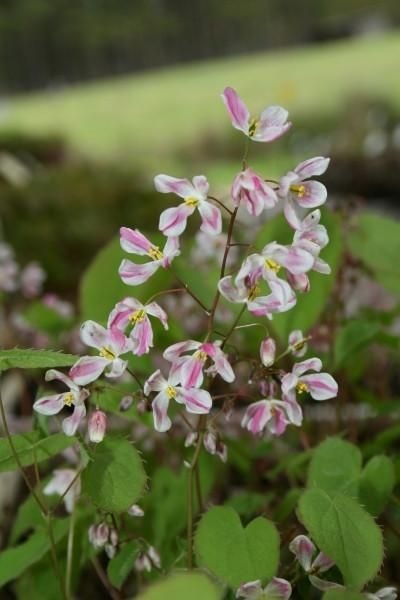
Botanical Name: Epimedium
Family: Berberidaceae
Plant Type: Perennial, groundcover
Mature Size: 8-12 in. tall, 12-36 in. wide
Sun Exposure: Partial, shade
Soil Type: Loamy, sandy, moist but well-drained
Soil pH: Acidic, neutral, alkaline
Bloom Time: Spring
Flower Color: Red, pink, orange, yellow, purple, white
Hardiness Zones: 5-8, USA
Native Area: Asia, Mediterranean
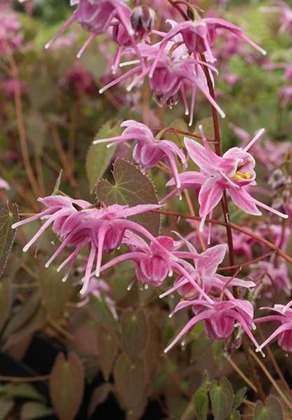
Epimedium Care
Epimedium plants are generally low-maintenance. Mediterranean varieties, known for their eye-catching foliage, tend to remain evergreen throughout the year. These particular varieties exhibit better resilience to drought compared to Asian varieties, which undergo a period of dormancy during winter. As autumn approaches, the foliage of Epimedium plants may display vibrant shades of red, yellow, or bronze, depending on the specific variety. How to Grow Epimedium; these ground cover plants are generally resilient against pests and diseases. While rabbits and slugs may occasionally nibble on the foliage, they typically do not cause significant or long-lasting damage. However, it is important to note that vine weevils and the mosaic virus can pose threats to these plants.
To create an optimal environment for the thriving of Epimedium plants, it is advisable to replicate the woodland conditions found in their natural habitat. They thrive in areas with dappled shade provided by trees and benefit from the resulting leaf mulch. Planting them in proximity to trees and supplementing the soil with compost or leaf mold on an annual basis is highly recommended.

Light
Epimedium plants have a preference for partial or dappled lighting conditions. They are an excellent option for shade gardens but are not well-suited to locations with full sun exposure. These plants flourish when positioned under trees or in close proximity to larger structures that provide shade, effectively shielding them from intense afternoon sunlight.
Soil
Epimedium plants make excellent choices for dry and rocky soil conditions, providing a resilient option where other plants may encounter difficulties. They are known for their drought tolerance, particularly the Mediterranean varieties. These plants thrive when placed in close proximity to trees, as they can effectively compete with tree roots. While they are capable of growing in rocky and dry soils, they achieve optimal performance in fertile and well-draining soil. It is important to avoid overly moist or waterlogged conditions, as Epimedium plants are not suited for such environments.
The preferred soil pH levels vary depending on the specific Epimedium variety being cultivated. Generally, most Epimediums thrive in soil conditions that are neutral to slightly acidic.

Water
Thanks to their drought-tolerant nature, established Epimedium plants do not require a regular watering schedule. Instead, it is best to water them when the soil starts to dry out, ensuring proper drainage to avoid pooling or excessive moisture. However, for young plants, consistent watering is necessary to aid in their establishment process.

Climate and Moisture Level
Epimediums are resilient plants, capable of thriving in USDA hardiness zones five to eight. They exhibit excellent adaptability to various temperature and humidity conditions. Nevertheless, it’s essential to note that the leaves of these hardy plants can be scorched by excessive heat, particularly from intense summer sunlight.
Fertilizer
Due to their natural habitat often being in woodland areas or beneath trees, Epimedium plants benefit greatly from the addition of compost or leaf mold to the soil on an annual basis. It is recommended to incorporate this organic matter, along with a slow-release fertilizer, each spring to promote their growth and well-being.
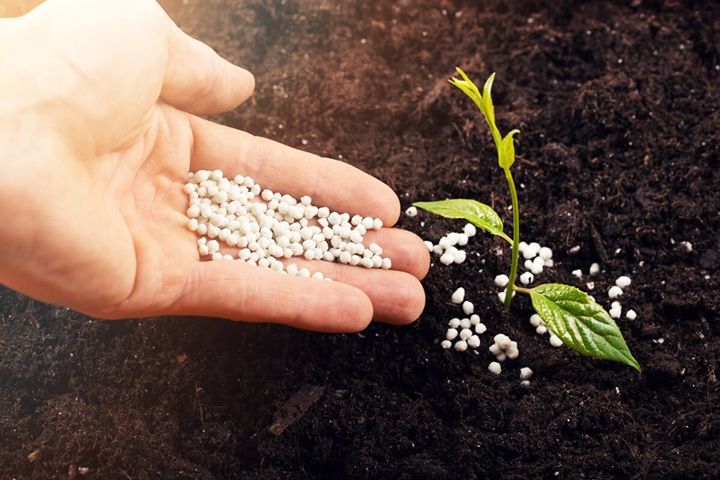
Types of Epimedium
Epimedium ‘Pink Champagne’: Renowned for its striking, evergreen nature, this variety captivates with spiky, pink flowers and red-bronze foliage.
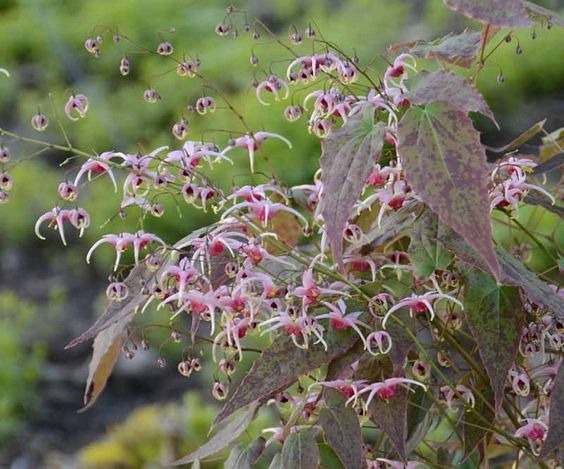
Epimedium x perralchicum: In the spring and fall, the leaves of this variety transform into a beautiful bronze hue. During the spring, it produces small, charming yellow flowers.
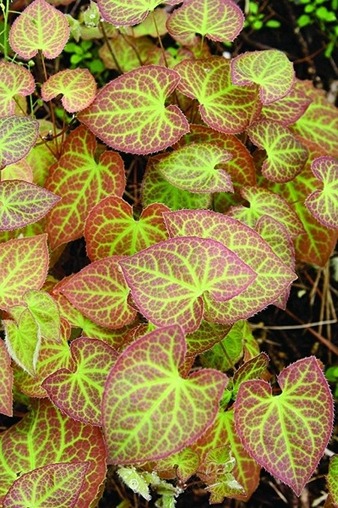
Epimedium ‘Amber Queen’: Aptly named, the ‘Amber Queen’ variety boasts enchanting amber-yellow flowers that grace the landscape from spring to mid-summer.
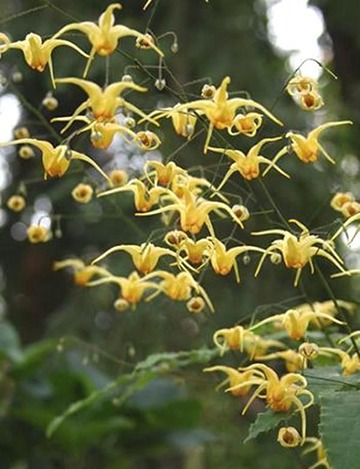
How to Prune
Pruning is specifically required for evergreen varieties of Epimedium. The ideal time for pruning is early spring, before the flowers emerge. During this period, it is advisable to trim the foliage to the ground. As evergreen types retain their leaves, removing fading foliage becomes essential to stimulate new, robust growth and maintain a captivating, lively appearance of the plant.
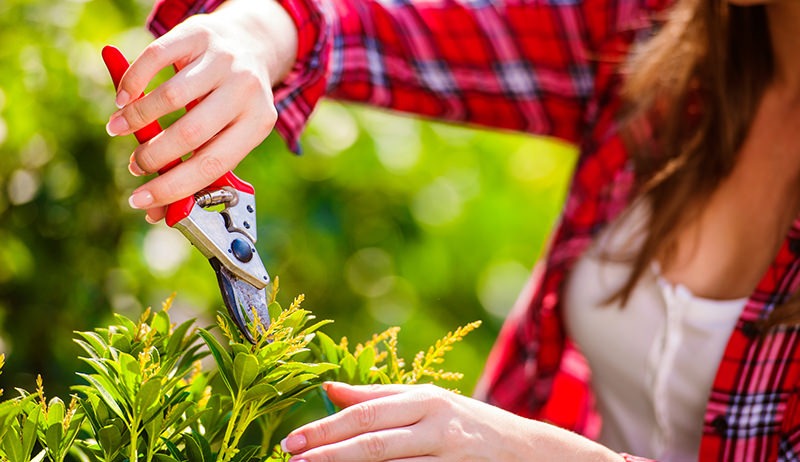
How to Propagate
Epimedium, as a ground cover, exhibits gradual growth, gradually spreading to fill its designated area. Employing division is an excellent method to control the spread of Epimedium plants while also obtaining additional plants for different areas. The recommended time for division is either in the spring after flowering or during late summer to early fall. For the division process, gather a pair of garden gloves, a shovel, and a pair of garden snips to ensure proper handling and care.
- First, employ the shovel to delicately loosen the soil surrounding the plant.
- After achieving loose soil and the root structure becomes movable, carefully extract the plant.
- Utilizing both the shovel and snips, proceed to cut through the root system to divide the plant. Ensure that each division possesses a healthy root system and foliage.
- Finally, plant each division in its intended location.
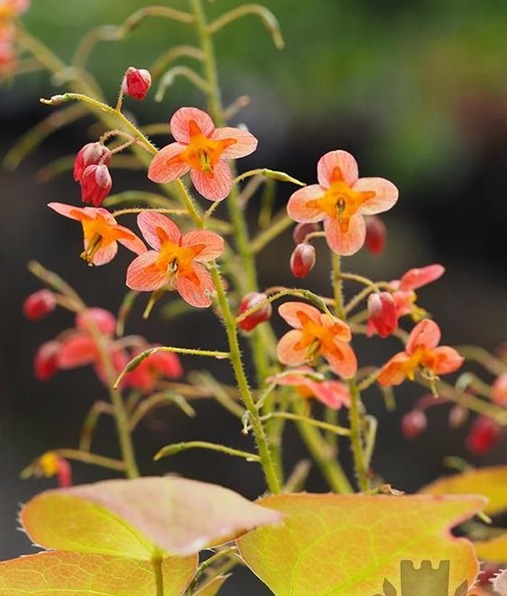
How to Grow From Seed
Initiating the growth of Epimedium from seeds proves to be a straightforward and rapid process. However, it is essential to bear in mind that the resulting plants from the seeds may possess distinct characteristics compared to the mother plant. For identical plants, propagation via division is the preferred method. Should you choose to start them from seeds, kindly adhere to these instructions?
- Monitor the plant closely to harvest the seeds. They are usually dropped while still green, which can make them easy to overlook.
- Once the seeds become visible, promptly collect and sow them without delay. Ensure the seeds do not dry out.
- Gently cover the seeds with a small amount of soil, avoiding deep burial. Conduct this outdoors, allowing the seeds to undergo winter cold stratification. Alternatively, if planting indoors, place the pots in the refrigerator for approximately three months.
- For outdoor plantings, germination will occur in the spring. If planting indoors, germination will commence once the seeds are removed from the refrigerator.
- Maintain the soil’s moisture levels, but avoid creating a soggy environment. After the threat of frost has passed transplant indoor seedlings outdoors.
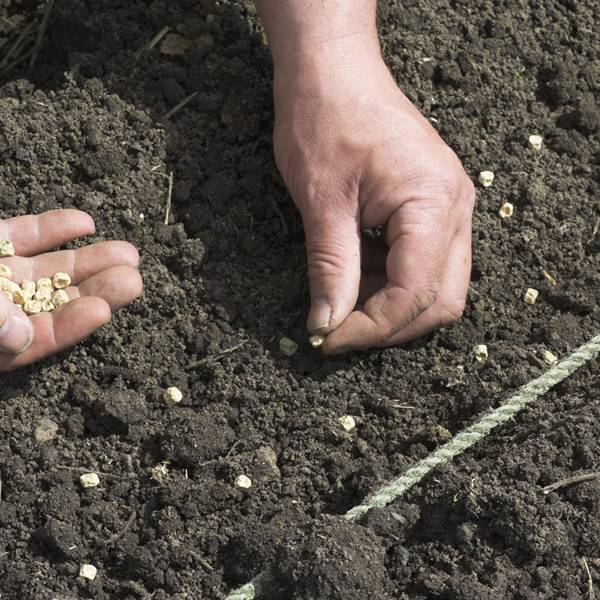
Potting and Repotting Epimedium
Epimedium plants’ resilience and gradual growth render them an excellent choice for container gardens. When selecting a container, ensure it comes equipped with drainage holes, enabling proper water flow from the bottom. Prior to planting, incorporate compost or leaf mold into the soil for added nourishment. It is essential to maintain the soil’s moisture levels, avoiding excessive saturation. Should the Epimedium eventually outgrow the container, the solution is simple: remove and divide the plant to accommodate its growth.
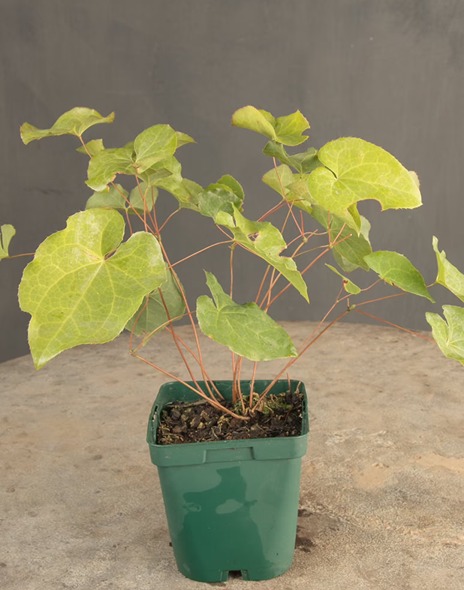
Overwintering
Epimedium plants are well-equipped to handle cold winters with ease. Depending on the variety, some naturally undergo a dormant period during winter, while others maintain their evergreen nature. Due to this natural adaptation, Epimedium plants necessitate no extra care to endure the winter, as long as they are cultivated within their suitable hardiness zones.
How to Get to Bloom
Within the Epimedium genus, you’ll find plants that produce exquisite, delicate flowers, each adorned with four petals that appear to gracefully hover above the plant. Depending on the specific variety, these flowers showcase a captivating range of colors, including red, pink, orange, yellow, purple, white, or even a combination of these hues. While some flowers feature spiky petals, others boast smooth, round petals, contributing to the plants’ overall delicate and elegant appearance.
Epimedium plants typically bloom during the spring season. To encourage abundant flowering, it is essential to provide the plant with the appropriate care. This includes offering compost or fertilizer in the spring and ensuring ideal conditions are met, especially concerning light and water requirements. By providing the right nurturing environment, you can expect these graceful plants to showcase their full blooming potential.
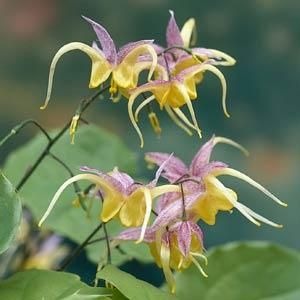
Common Problems with Epimedium
Epimedium plants boast remarkable hardiness and, in general, encounter minimal issues. Aside from the occasional pests mentioned earlier, the only potential concern arises from root rot, which may occur if the soil lacks proper drainage.
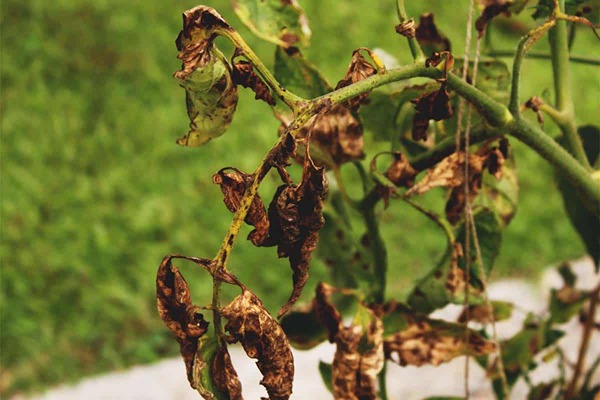
Discolored, Wilting Leaves
Root rot manifests through symptoms such as discolored, yellowing, and wilting leaves, along with soggy stems and dark, softened roots. The primary culprit behind this issue is an excess of moisture in the soil. To address this problem, it is essential to carefully remove the affected plant and trim away any infected areas. Enhance the soil’s drainage by incorporating soil amendments, such as compost or sand, to rectify the situation and prevent further occurrences of root rot.
